Feb.1-23, 2010
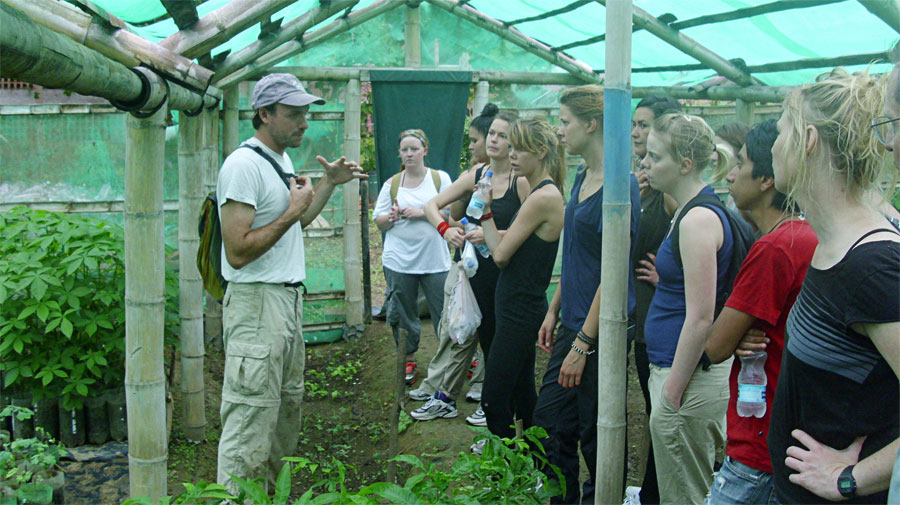
Welcome to the heart of the rainy season. There’s been precipitation during multiple nights of the week for the past month. Sometimes it comes down quite hard (nothing extreme yet, fortunately) and other times it lightly sprinkles throughout the course of the night. A light rain that lasts for a long time is considered the best. If it rains too fast, the soil on the surface becomes supersaturated and the water doesn’t have a chance to penetrate into the ground consistently. For the most part the days have been hot and sunny. ‘Hot and sunny’ by Ecuadorian standards, which means it becomes difficult to move around during the broiling peak hours of the day.


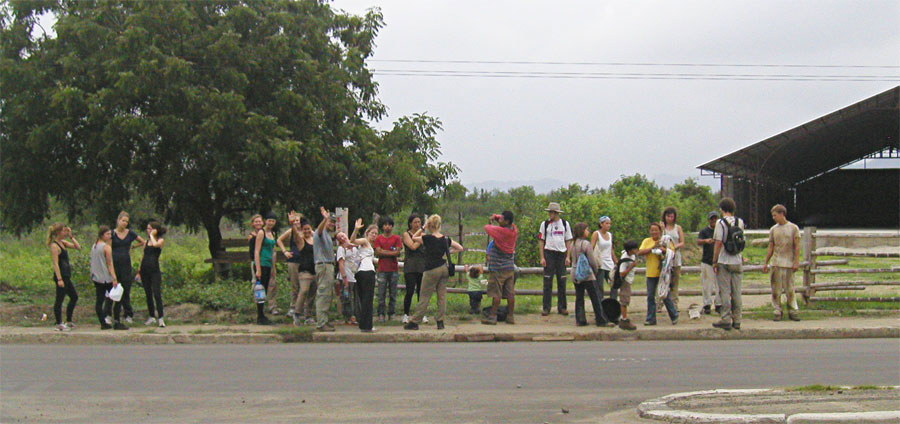
Over the past few weeks there has been a slew of volunteer help. In addition to the usual crew of Planet Drummers at the apartment, we received a visit from Heather Crawford, former Field Projects Manager (2005-06). And a group of fifteen Swedish students returned for the second year in a row to get a tour of the greenhouse and spend a morning planting trees at one of the revegetation sites.
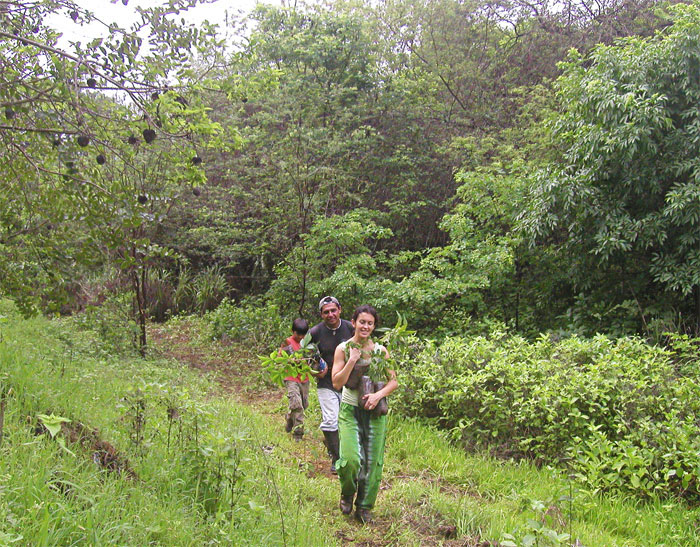
In between planting, we’ve been: (1) cutting wood for stakes, (2)painting and placing the stakes for marking where the trees are planted, (3)digging more holes at new sites, and (4)fighting back weeds at the greenhouse.
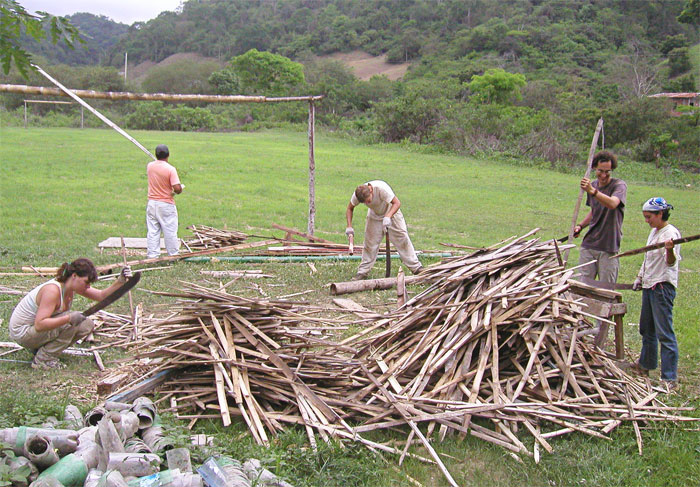
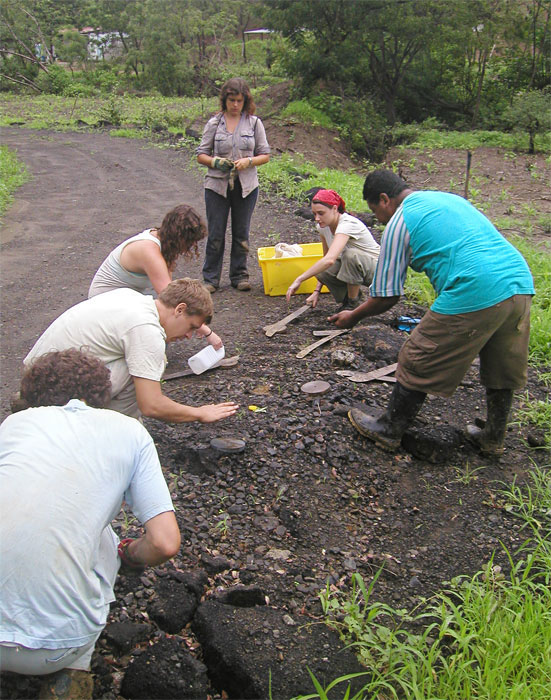
The following sites have now been planted with trees and have stakes marking where the trees are: Universidad Catolica (440 trees), the old Empacadora (413), Jorge Lomas (236), William’s (297), Cementerio (126), and finally El Toro (350). This gives a running total of 1852. Additional sites will be made at Bellavista and possibly el Astillero.
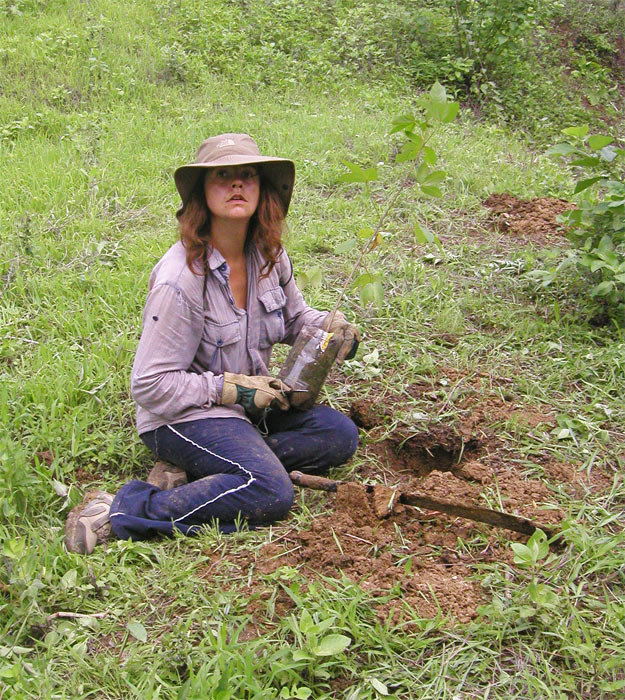
The rains have been so good this year that it appears as though there will only be a tiny fraction of trees that don’t survive the initial transplanting process. This bodes very well for future survival rates. The faster a tree adapts to its transplanted location in the short rainy season, the better its root system can develop and the better prepared it will be for the long dry season.
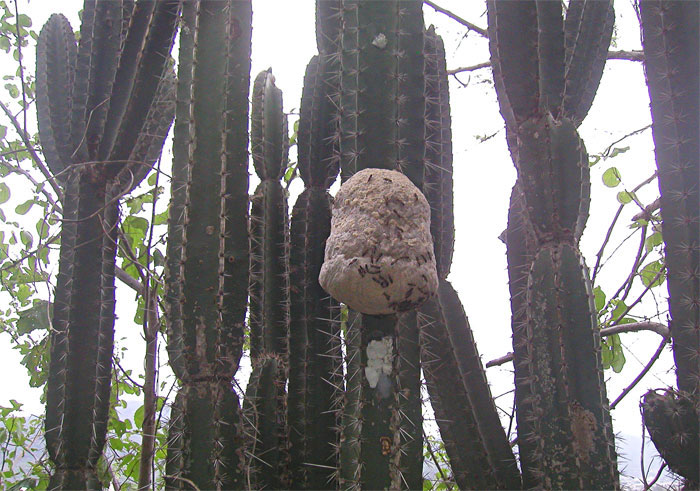


Pásalo bien,
Clay

Thanks for sharing. I read many of your blog posts, cool, your blog is very good. https://www.binance.com/en-IN/register?ref=UM6SMJM3
Can you be more specific about the content of your article? After reading it, I still have some doubts. Hope you can help me.